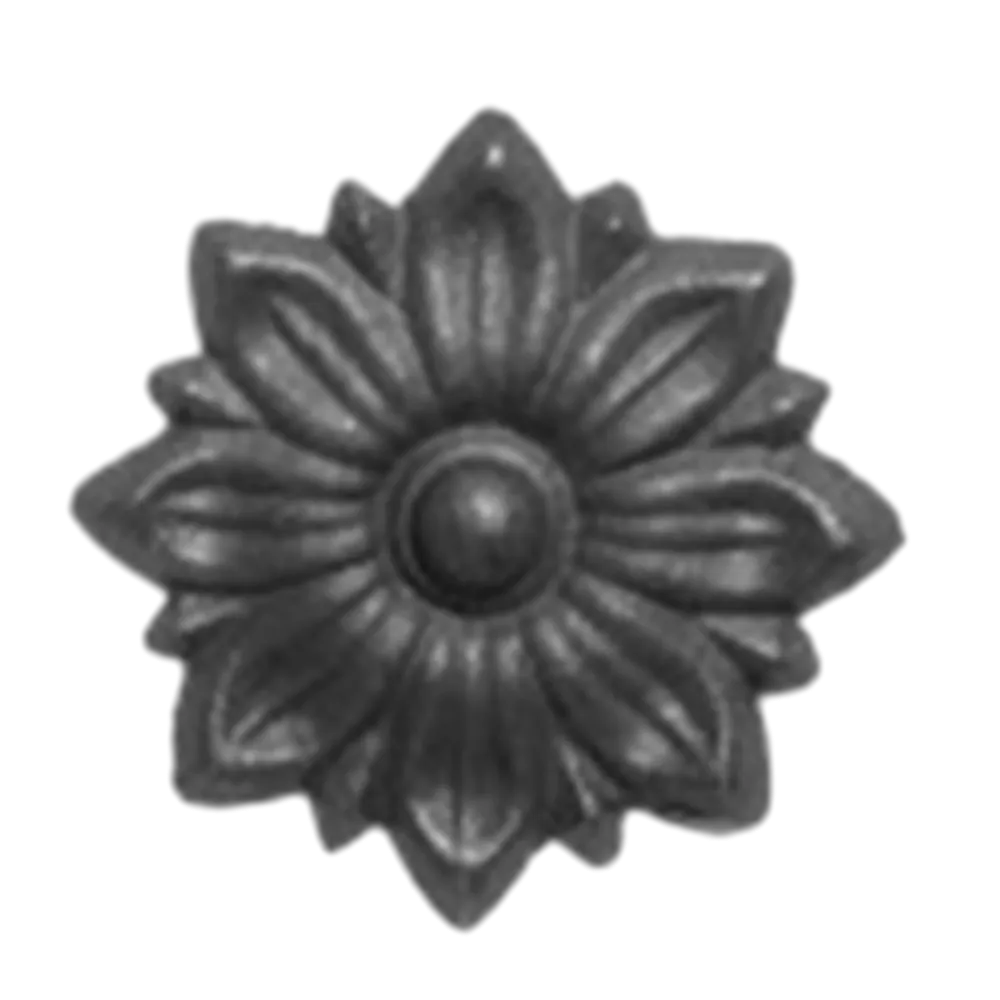Exploring the Fundamentals and Techniques of Metal Casting Processes for Modern Applications
The Art and Science of Metal Casting
Metal casting is one of the oldest manufacturing processes in human history, with origins tracing back thousands of years. This versatile technique is fundamental to the creation of numerous metal parts and products used in various industries today. From automotive components to artistic sculptures, metal casting offers a unique combination of artistic expression and engineering precision.
At its core, metal casting involves pouring molten metal into a mold to attain the desired shape upon cooling and solidification. The process can be broken down into several key steps pattern creation, mold making, melting, pouring, and finishing.
Pattern Creation
The first step in metal casting is often the creation of a pattern, which is a replica of the final product that will be made from the molten metal. Patterns can be made from various materials, including wood, metal, or plastic. The material chosen depends on the complexity of the design, the volume of castings needed, and the properties of the intended metal. The pattern is crucial because it directly influences the mold's characteristics and, subsequently, the quality of the final casting.
Mold Making
Once the pattern is ready, the next step is mold making. A mold is essentially a cavity that will define the shape of the final casting. There are several types of molds, including sand molds, metal molds, and ceramic molds. Sand casting is the most commonly used method due to its cost-effectiveness and adaptability for various materials. In sand casting, a mixture of sand and binder is packed around the pattern to form the mold. After removing the pattern, the resulting cavity is ready for pouring molten metal.
Melting the Metal
The metal to be cast is then melted in a furnace, where the selection of the right furnace plays a pivotal role. Depending on the type of metal—common choices include aluminum, iron, and bronze—different furnaces like induction, arc, or cupola furnaces might be used. Each metal has particular melting and pouring temperatures, and it is critical to heat them to the right temperature to ensure optimal fluidity and to minimize defects in the final product.
metal casting

Pouring the Molten Metal
Once the metal reaches the desired pouring temperature, it is poured into the mold. This step requires precision and care, as the pouring rate and method can significantly affect the quality of the casting. Air pockets, cold shuts, and inclusions are some of the defects that can occur during this phase if not handled correctly. To combat these issues, techniques such as vacuum pouring or controlled atmosphere pouring can be employed.
Cooling and Finishing
After the molten metal fills the mold, it is left to cool and solidify. The cooling time is heavily dependent on the thickness of the casting and the specific metal used. Once cooled, the mold is removed, and the casting is cleaned up. This finishing process may involve several steps, including sanding, grinding, and surface treatment, to achieve the required surface quality and dimensional accuracy.
Applications and Advantages
Metal casting has widespread applications across multiple industries. In the automotive sector, for example, it provides lightweight yet strong components that enhance fuel efficiency and performance. In the aerospace industry, precise casting techniques are essential for creating complex geometries required in aircraft manufacturing. Moreover, artists have long utilized metal casting to create intricate sculptures and decorative pieces, emphasizing the art aspect of this manufacturing process.
The advantages of metal casting are myriad. It allows for the production of complex shapes that would otherwise be challenging to achieve through other manufacturing processes. Additionally, it accommodates a wide range of metals and alloys, making it a flexible choice for manufacturers.
In conclusion, metal casting is a captivating juxtaposition of art and science. As technology advances, casting techniques continue to evolve, promising even more innovative applications in the future. Whether for practical components or artistic endeavors, metal casting remains a cornerstone of modern manufacturing.
-
Window Lock Handle for Security UpgradesNewsJun.20,2025
-
Proper Lubrication Techniques for Sliding Gate WheelsNewsJun.20,2025
-
Ornamental Iron Castings for Interior DesignNewsJun.20,2025
-
Creative Ways to Decorate Around a Cast Iron FireplaceNewsJun.20,2025
-
Cast Iron Pipe and Fitting for Plumbing SystemsNewsJun.20,2025
-
Cast Iron Panel Casting for Architectural ElementsNewsJun.20,2025















